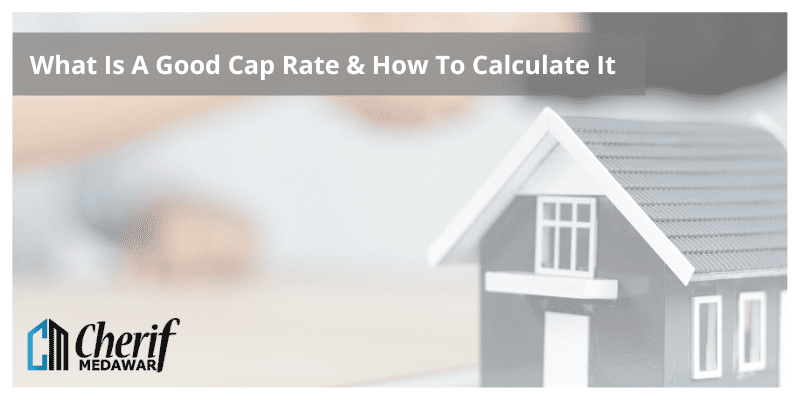Cash Flow vs. Appreciation: Which one should you choose?
With real estate being such a popular investment choice, a lot of people wonder whether they should choose cash flow or appreciation when building their next portfolio. With so many factors in play and having experienced both sides. When it comes to investing in real estate, there are two main ways to make money: cash flow and capital appreciation. Cash flow is the amount of money coming in. Appreciation is the increase in the value of an asset. Cash flow is the money you get from your rental property each month. Appreciation is the increase in the value of your property over time. It’s important to understand the difference between these two concepts because they are two very different things. Cash Flow Cash flow is the amount of money you can expect to receive from your investment. Cash flow is typically calculated on an annual basis, but it can also be calculated on a monthly basis. When you’re thinking about cash flow, you should take into account interest rates, fees, and property taxes because these will affect how much money you have left after paying for your mortgage each month. In addition, it’s important to consider other expenses like maintenance and repairs so that you don’t run out of money before reaching retirement age. Appreciation Appreciation refers to the increase in value of your property over time. Appreciation increases your net worth by increasing the amount of equity in your home. For example, if you purchase a home for $200,000 with a 20 percent down payment ($40,000) and sell it 10 years later for $300,000 — then there has been a 100 percent appreciation on your property. Cash flow from rental property Cash flow from a rental property is the amount of money you receive from renting out a property. It’s typically expressed as a monthly figure and is one of the key performance indicators for real estate investors. Cash flow can be calculated in several ways, but it’s often calculated using the following formula: Cash Flow = Net Income – Mortgage Payment Cash flow is important because it shows how much money an investor is bringing in each month. It also helps investors see how much money they’re paying out each month to cover mortgage payments and other expenses. Investors who want to know if they’re making money on their rental properties need to calculate cash flow regularly so they can see trends over time. When it comes to calculating cash flow from rental properties, there are two primary ways to do it: the income method and the expense method. Both methods use identical formulas but reach different results by using different sets of figures. So which one should you use? It depends on what kind of information you want to get from your numbers. How to calculate cash flow Cash flow is the money that comes into and goes out of a business. Cash flow can be calculated in two ways: Cash inflow: The amount of cash you receive from customers for goods or services that you sell. Cash outflow: The amount of cash you spend on labor, inventory, equipment, and other items to run your business. You can calculate cash flow by subtracting your cash outflows from your cash inflows. For example, if you invested $10,000 and had revenue of $6,000 during the first month, then your cash flow would be -$4,000 ($6,000 – $10,000). Advantages of investing for cash flow Investing for cash flow is an investment strategy that focuses on owning assets that pay a steady stream of income. Cash flow investments can be highly profitable and provide the investor with a steady stream of income over time. There are many advantages to investing for cash flow; some are listed below: Tax advantages: Investments that produce cash flow are typically taxed at lower rates than capital gains. This can be particularly beneficial if you have a high income and are in a high tax bracket. Flexibility: Cash flow investments often allow you to access your money without triggering taxes or penalties. For example, if you invest in real estate and need to sell it for some reason, you can borrow against the property to finance the sale without paying taxes on any gain until you sell it. Security: Cash flow investments tend to be more stable than other types of investments because they don’t involve speculation or relying on someone else’s success (such as an investor) or failure (as might happen with a start-up company). Diversification: Cash flow investments complement other types of assets because they provide income while others provide growth potential. Real estate is an excellent example of an asset that produces both dividends (cash flow) and appreciation (growth). Appreciation in real estate Appreciation in real estate is the rise in value of property over time. Appreciation is not the same as price, which is simply what someone is willing to pay for a property at a specific point in time. Appreciation is usually measured by comparing the sales price of similar properties that have sold recently with the asking price of a property currently on the market. Appreciation can be calculated in two ways: by comparing the current market value of a property with its original purchase price, or by comparing current rents with original purchase prices. Appreciation can be divided into two categories: capital gain and income yield. Capital gain refers to the difference between what you paid for your home and what you could get if you sold it today; this is considered appreciation because it represents an increase in value. Income yield is the amount of money generated by your investment in real estate, which can include rent from tenants or profits from selling your property at a later date (after it has been appreciated). There are several factors that influence real estate appreciation, including: Location Property type (house, condo or apartment) Condition of the building (newer or older) Why some investors focus on appreciation Appreciation is the … Read more



